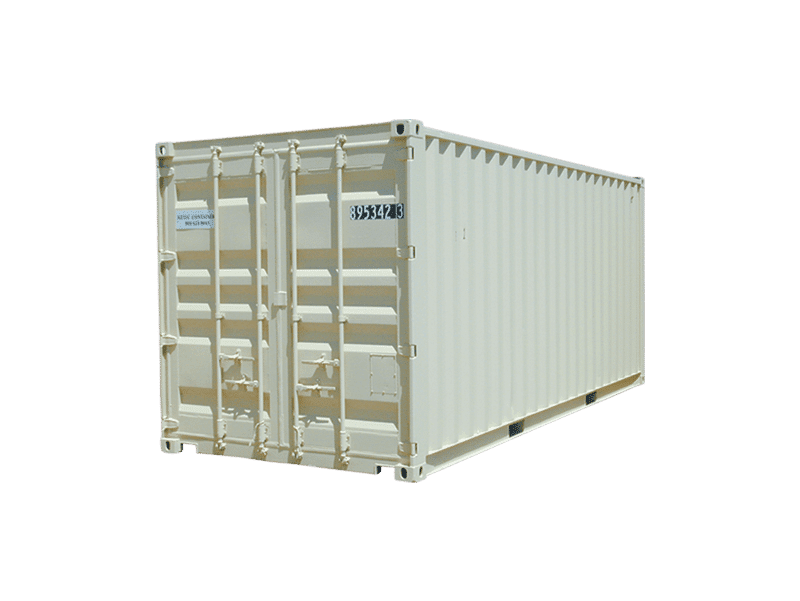Train Containers
Shipping containers, also known as intermodal containers, are an integral part of modern transportation systems, and have revolutionized the logistics industry. These standardized containers have a major impact on the efficiency and convenience of moving goods via trains. In the mid-20th century, the standardized intermodal container that we are familiar with was developed.
These containers can be loaded onto trains and so are very useful for the seamless transfer of goods from one mode of transportation to another— particularly from trucks to trains (and vice versa). They come in several different sizes that Aztec Container specializes in (such as 20 feet, 40 feet), and are made from durable materials ensuring the safety of goods during transit.
One advantage of using these containers is the reduction in handling time and damage to goods, since traditional methods of loading and unloading cargo were labor-intensive and time-consuming, leading to potential damage and losses. But with the adoption of shipping containers, cargo can be packed and sealed at the point of origin and remain untouched until it reached its destination, ensuring a smooth and safe journey. They are also equipped with fittings that allow them to be easily lifted and secured making the loading and unloading process efficient.
Flatbed Truck Containers
Flatbed truck containers provide a flexible and adaptable option for transporting oversized and irregularly shaped cargo. A wide variety of industries (including construction, agriculture, heavy machinery etc.) rely on flatbed truck containers to transport equipment and materials as these containers are available in various lengths and weight capacities, accommodating a range of cargo types.
The use of flatbed truck containers also aids the loading and unloading process between transportation types, making them a cost-effective option for short distance as well as longer distances via highways.
Containers vs. Train Boxcars
While shipping containers used on trains/trucks and actual boxcars are integral to rail freight transport, they have significant differences in design, functionality, and capacity.
Shipping containers are standardized and come in various sizes and are designed to be easily transferable between different modes of transportation, (such as trains, trucks, and ships). This flexibility allows for seamless transportation and efficient cargo handling, making them the preferred choice for long-distance transport which involves multiple modes.
Train boxcars however, are enclosed railcars with fixed walls, designed to carry a variety of goods within their space. Unlike shipping containers, boxcars are limited to wheeled rail transport only and so lack the versatility to move between different transportation modes without costly and time-consuming handling. Boxcars do however, have the advantage of added security and protection for certain types of cargo that may require complete enclosure during transit, and they are typically larger, ranging from 50 to 60 feet. Understanding the differences between train containers, flatbed truck containers, and boxcars can allow customers to choose the best freight solution for their specific transportation requirements.
Aztec specializes in shipping containers and is here to answer any related questions. Call today or fill out our quote form for more information.




